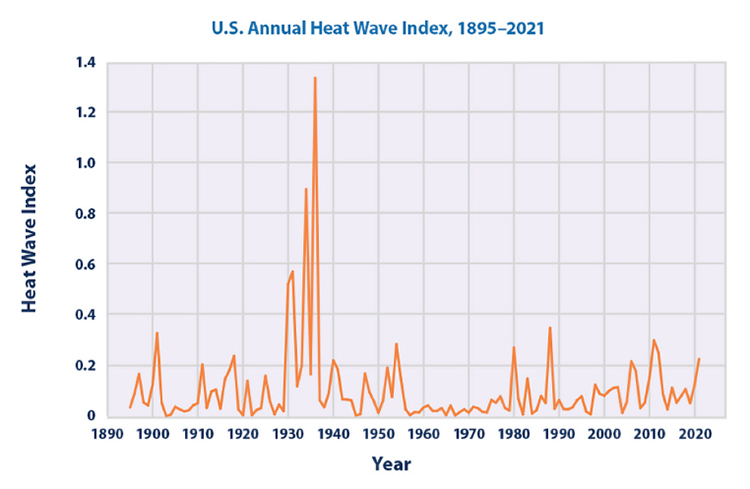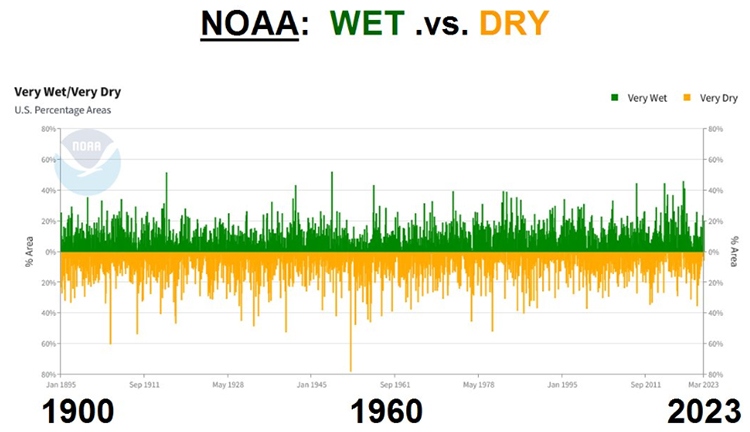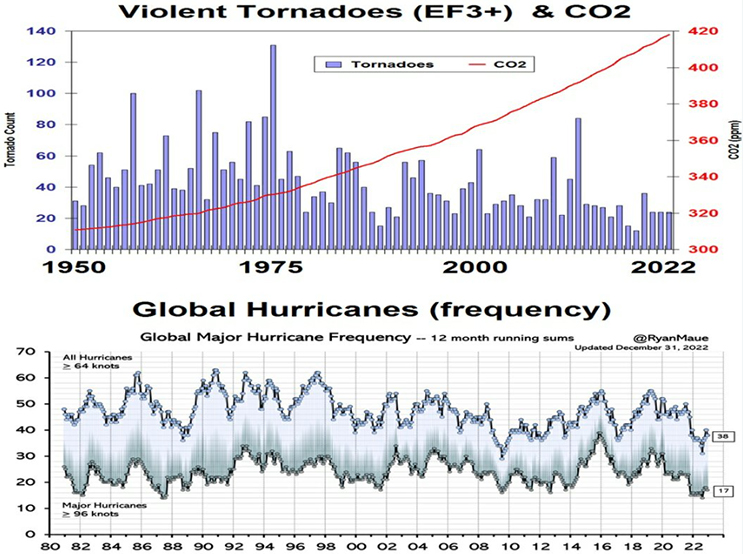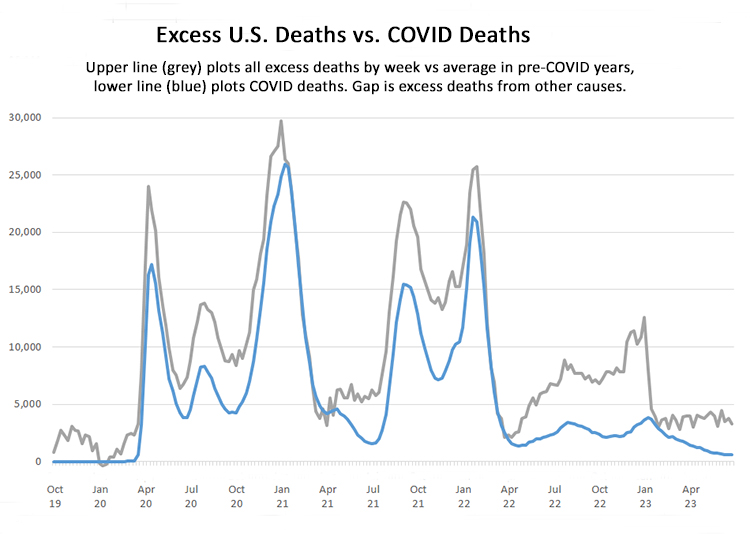The Salton Sea has been called the biggest environmental disaster in California’s history. Formed in 1905 when a canal diverting water from the Colorado River to farms in the Imperial Valley breached during heavy rains, barely a century later the lake is drying up. How to save the Salton Sea, or at the least, how to manage its decline, is a confounding challenge.
At first almost everything about the newly formed Salton Sea was good. The canals were fixed, a process that took nearly two years, and Southern Californians found themselves with 350 square miles of freshwater lake where previously there had been nothing but desert. Into this new wonderland came entrepreneurs, stocking the lake with fish and building plush resorts for fishing and boating only a few hours from Los Angeles. During its heyday in the 1950s and 1960s, resorts along the lake boasted yacht clubs, golf courses, and entertainment venues that drew top celebrities.
All the while, a catastrophe was brewing. The Salton Sea is located within the Salton Sink, a basin straddling the San Andreas fault. With an average elevation 250 feet below sea level, there is no outlet to the ocean for the water. The lake is large but shallow, and even at its greatest volume never held more than around 7.5 million acre-feet (MAF) of water. As it happens to be located in California’s lower Colorado Desert, a place of blistering heat more than half the year, the estimated annual losses from evaporation are roughly 1.3 MAF. It doesn’t take an environmental hydrologist to see where that leads. All runoff has some salt, picked up from the soil. When there is no outlet, salt accumulates since fresh water perpetually evaporates. Dissolved salts and every other introduced contaminant will stay in the sea.
For several decades, it didn’t matter. The salinity gradually increased, but fish and wildlife continued to thrive. The Salton Sea was adopted by migratory birds as a vital stop-off point on the Pacific Flyway, and runoff from irrigated Imperial Valley agriculture, flowing downhill into the lake, maintained the lake volume. But starting around 2000, after decades of warnings from lake watchers, the Salton Sea’s decline became acute.
To begin with, the salinity in the lake finally reached toxic proportions. Current salinity in the Salton Sea is 60 parts per thousand, not quite twice what is normal in the ocean, and nearing the point where the lake will die completely, joining the Great Salt Lake and the Dead Sea as host to nothing living apart from bacteria and some resilient strains of algae. Worse, at least for humans living near the Salton Sea, starting in 2003 the farmers in the Imperial Valley began selling some of their irrigation water to California’s coastal cities and using their remaining allocations far more efficiently. Consequently, instead of around 1.3 MAF of agricultural runoff going into the sea each year to replace evaporative losses, only about half that much has gone in. And all along, the agricultural runoff deposited not only salt but traces of fertilizer and pesticide, which have now accumulated to levels toxic to wildlife.
Estimates vary, and occasional rains have temporarily reversed the trend, but at present the total volume of the Salton Sea is down to about 4.5 MAF, a roughly 40 percent decline from its peak. Simply letting the lake dry up might seem like a rational solution, since before man intervened back in 1905, there was no lake. But the region has changed over the past 120 years: The Coachella Valley, northwest of the lake, is now home to over 370,000 people. If the lake bed becomes exposed, so too will the concentrated salts and every leached toxin and introduced ag chemical that ever ran out of the Imperial Valley. When the Santa Ana winds blow hard enough, toxic dust will fill the air from Bombay Beach — essentially a lakeside ghost town, home to a handful of eccentrics — to downtown Los Angeles.
There is no easy fix, and doing nothing is not an option. Exactly what to do calls into question the viability of California’s governing model in the 21st century. Certainly if the people running California in 1950 had the technology we have today and faced this problem, within ten years the problem would have been solved.
Here’s what would happen today under more decisive governance:
It is less than 100 miles from the shores of Camp Pendleton, federally owned land along the Pacific, to the western edge of the Salton Sea. In a water project guaranteed to restore the Salton Sea, a pipe would be laid connecting the Pacific Ocean to it, and because the pipe would terminate at an elevation 250 feet lower than where it originated, there would be no energy requirement: Gravity would be enough. Ocean water at a salinity of 35 parts per thousand — far lower than the Salton Sea’s — would then flow into the Salton Sea at the rate of 750,000 acre-feet per year, which, combined with agricultural runoff from the Imperial Valley, would maintain the lake at its desired “historic” level. If the 250-foot drop in elevation were engineered adequately, it is even possible that several hundred megawatts of baseload electric power could be generated by running the flow through turbines.
At the same time, the agricultural runoff would be cleaned using reverse-osmosis filtration, sending fresh, clean water into the Salton Sea. If necessary, water already in the Salton Sea could be withdrawn and also filtered, ensuring the desired level of salinity in perpetuity. Because reverse osmosis, at most, requires only about 400 megawatts of input per million acre-feet of purified water per year, power harvested from the Pacific Ocean pipe could be sufficient to treat the agricultural runoff with enough power left over to also treat 250,000 acre-feet per year of water in the Salton Sea. The comparable drop in elevation from the Imperial Valley to the Salton Sea might also enable engineers to generate electricity from that water transfer.
Conceiving a plan like this — ambitious but possible — is how Californians thought about problems back in the 1950s and 1960s. With 21st-century sensibilities would come more extensive mitigation measures. For example, the intake pipes could be put well offshore and dispersed to draw water that could filter down to intakes buried under the seabed, engineered in a manner that would all but eliminate any impact on marine life. These features would add cost, but the extra costs would be affordable, because — if, again, we imagine a mid-20th-century approach to the plan — the projects would get done. They wouldn’t be mired in litigation and continuous reengineering and endless compromises, costing additional billions of dollars and taking decades to resolve. Like the great reservoirs, aqueducts, and pumping stations constructed in the last century, these projects would take years instead of decades, and the money would be spent on construction labor and materials, instead of attorneys, bureaucrats, and bankers.
Now imagine the reverse: If the politicians and political culture of today’s California were in place in 1950, nothing would have been built. We would have no state water project, no freeways, and no reliable power. We live today on the capital investments made by people whose like no longer have a seat at the table, much less call the shots.
This fact bears emphasis. Before discussing what solutions are actually being put forth to save the Salton Sea, it’s important to emphasize just how dysfunctional California’s governing elite has become. Gridlock and the exploitation by special interests of regulations and opportunities for litigation have made it impossible for the state to do anything big. The most monumental project the state has undertaken this century is so-called high-speed rail, planned to eventually link the state’s northern and southern megacities. “Eventually” is the key word. Every time the project releases an update, the price tag rises. The first 171-mile segment, linking Merced to Bakersfield — i.e., in the flattest, most rural portion of the entire planned line — is now estimated to cost $35 billion, that is, over $200 million per mile. More than ten years and ten billion dollars after construction ostensibly began, not one single piece of track has been laid. This is governance in California. This is Gavin Newsom’s legacy. This is a fiasco on a scale so huge it defies description.
Only in this context can the convoluted compromises that constitute Salton Sea restoration proposals be properly evaluated. There are sources of money. A lot of money. Already, state and federal sources have committed over a half billion dollars to Salton Sea restoration, with much more possible. And private-sector funds could be forthcoming.
Earlier this year, Controlled Thermal Resources, a geothermal-power developer, announced that its planned 1.1-gigawatt geothermal plant would also extract 300,000 tons of lithium carbonate from the Salton Sea’s geothermal brine each year. If this plant goes into full production, it and subsequent facilities may generate the energy, and the wealth, needed to fund restoration efforts. But it’s way too soon to pop open the champagne. The technology is not proven, and local tribes and environmentalists have concerns. Can direct lithium extraction be done without causing more harm than good? Will political support for green power overcome objections from the usual suspects?
In December 2022, Brent Haddad, a UC Santa Cruz professor of environmental studies, and Robert Glennon, a University of Arizona law professor, who participated in the State of California’s Salton Sea independent review panel, published a summary of ways to save the Salton Sea. Reflecting the most recent recommendations to the panel, most of them propose to maintain the lake in its shrunken state or allow it to shrink down further to a size that can be supported by what remains of agricultural runoff and occasional natural runoff. The centerpiece of their plan is a desalination plant that “would remove 200 million gallons of high-salinity water daily from the Salton Sea and produce 100 million gallons per day of desalinated water, which would be returned to the Salton Sea.”
These authors, and the panel they were part of, may be commended for coming up with a big idea. Desalinating 100 million gallons per day is twice the capacity of California’s one and only large desalination plant, the Carlsbad plant in San Diego, which desalinates 50 million gallons per day. Haddad and Glennon are proposing to desalinate and return to the Salton Sea 112,000 acre-feet per year, which means the entire 4.5 MAF volume of the lake would be turned over every 40 years. Assuming this project ever gets built, it’s a good start. But what about the exposed seabed around the shrinking lake? What about the agricultural runoff? What about the brine?
To handle a shrinking lake, the plan is to “stabilize the exposed playa [lake bed]” by plowing furrows and planting vegetation. The plan for the brine is to dry it out in evaporation ponds and transfer “dried salts from the ponds to landfills or industrial uses.” It isn’t clear how agricultural runoff would be treated, apart from the possibility that runoff could be channeled directly into the desalination plant for pretreatment before going into the lake. But that would require an even bigger desalination plant. Good!
Proposals to draw water from the Sea of Cortez or the California coast were both dismissed as impractical. But the authors, the panel, the legislators, and the activists who want to save the Salton Sea must face a bleak reality: There is no plan that involves any major infrastructure that will not be controversial and costly. The compromise plan put forward — let the lake shrink, purify the water with a massive land-based desalination plant, and mitigate the exposed playa with furrows and vegetation — is projected to cost $63 billion. Sixty-three billion. Why?
Even at today’s California prices, a coastal desalination plant the size of two Carlsbads would cost “only” about $2 billion. A pipeline traversing the land from Camp Pendleton to the Salton Sea might cost an estimated $10 billion (of course, that’s before the litigators and regulators get involved), and would generate, not consume, electricity. A sensible solution would be to disburse the brine in the Pacific Ocean, but if there’s a land-based solution for brine disposal, put the desalination plant at the receiving end. How did these planners come up with their cost estimate? Where do all those billions and billions of dollars go?
Ultimately, the chances that anything significant will ever be done to save the Salton Sea are remote. Not because it is such a challenging undertaking — though it is — but because the culture that might have moved forward decisively to build the big infrastructure it’s going to take to solve the problem is long gone. Californians feel this every day as they pay punitive prices for rationed water, rationed energy, and insufficient housing. This abuse is sold as necessary “to save the earth” while benefitting politically connected special interests. Soon, every time the Santa Ana winds blow across the tainted bed of what used to be the Salton Sea, millions of Southern Californians are going to feel even more acutely the consequences of small thinking and gridlock masquerading as virtue.
This article originally appeared in the National Review.
Edward Ring is a contributing editor and senior fellow with the California Policy Center, which he co-founded in 2013 and served as its first president. He is also a senior fellow with the Center for American Greatness, and a regular contributor to the California Globe. His work has appeared in the Los Angeles Times, the Wall Street Journal, the Economist, Forbes, and other media outlets.
To help support more content and policy analysis like this, please click here.








